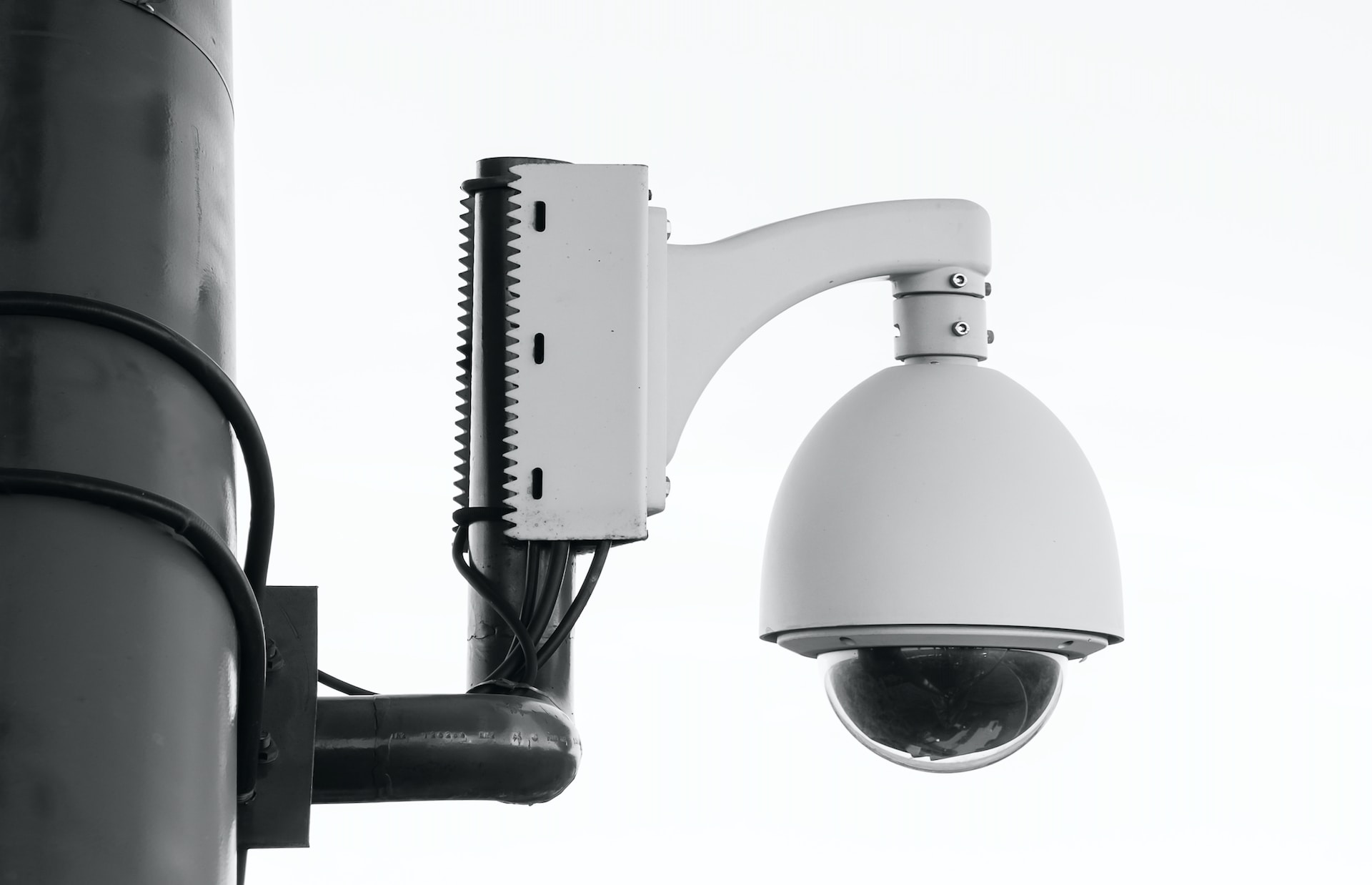Let’s expand on the code by preprocessing techniques and organizing the code into sections with detailed comments.
# Import necessary libraries
import cv2
import numpy as np
# Section 1: Define a function for image preprocessing
def preprocess_image(image_path):
"""
Preprocess an image for object detection.
Parameters:
- image_path (str): Path to the input image.
Returns:
- preprocessed_image (numpy.ndarray): Preprocessed image.
"""
# Section 2: Read and Load the Image
original_image = cv2.imread(image_path)
# Section 3: Resize the Image
resized_image = cv2.resize(original_image, (224, 224))
# Section 4: Normalize Pixel Values
normalized_image = resized_image / 255.0
# Section 5: Apply Gaussian Blur for Noise Reduction
blurred_image = cv2.GaussianBlur(normalized_image, (5, 5), 0)
# Section 6: Convert the Image to Grayscale
grayscale_image = cv2.cvtColor(blurred_image, cv2.COLOR_BGR2GRAY)
# Section 7: Apply Histogram Equalization for Contrast Improvement
equalized_image = cv2.equalizeHist(grayscale_image)
# Section 8: Display the Original and Preprocessed Images
cv2.imshow("Original Image", original_image)
cv2.imshow("Preprocessed Image", equalized_image)
cv2.waitKey(0)
cv2.destroyAllWindows()
return equalized_image
# Section 9: Specify the path to your image file
image_path = "path/to/your/image.jpg"
# Section 10: Call the preprocess_image function
preprocessed_image = preprocess_image(image_path)Explanation and Expansion:
- Import Libraries: The required libraries are imported, including OpenCV (
cv2) and NumPy (numpy). - Define a Function for Image Preprocessing: The
preprocess_imagefunction is introduced to encapsulate the image preprocessing steps. - Read and Load the Image: The original image is read using OpenCV’s
cv2.imreadfunction. - Resize the Image: The image is resized to a standard size (224×224 pixels in this example).
- Normalize Pixel Values: Pixel values are normalized to the [0, 1] range for better convergence during training.
- Apply Gaussian Blur: A Gaussian blur is applied to reduce noise in the image.
- Convert to Grayscale: The image is converted to grayscale to simplify processing.
- Apply Histogram Equalization: Histogram equalization is performed to enhance image contrast.
- Display Original and Preprocessed Images: Both the original and preprocessed images are displayed for visual inspection using OpenCV.
- Specify Image Path and Call the Function: The user specifies the path to their image file, and the
preprocess_imagethe function is called with the provided image path.
This expanded code provides a more detailed breakdown of the various preprocessing steps, making it easier to understand and customize for specific needs.
Photo by Pawel Czerwinski on Unsplash
